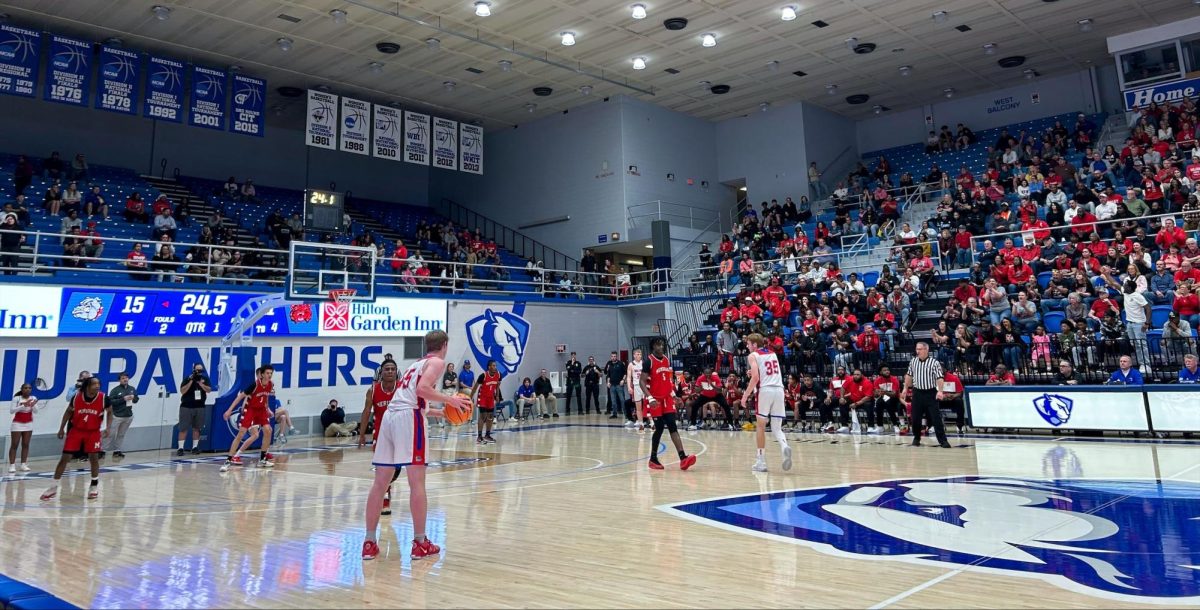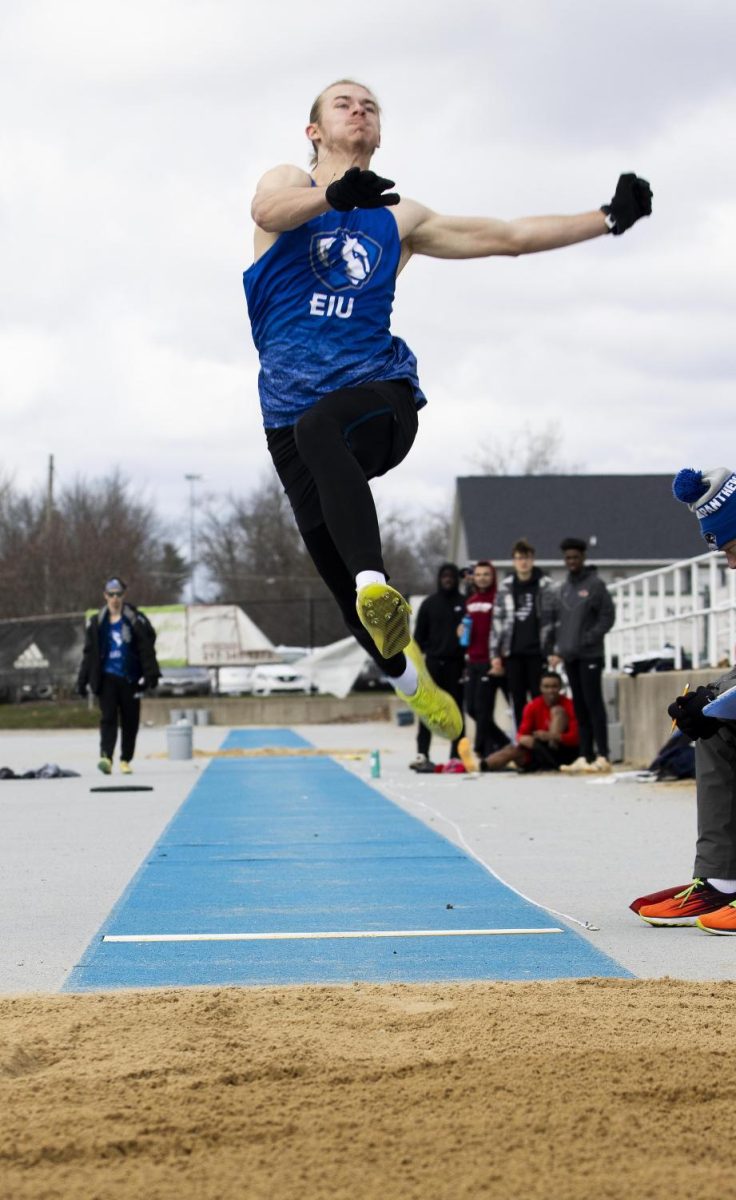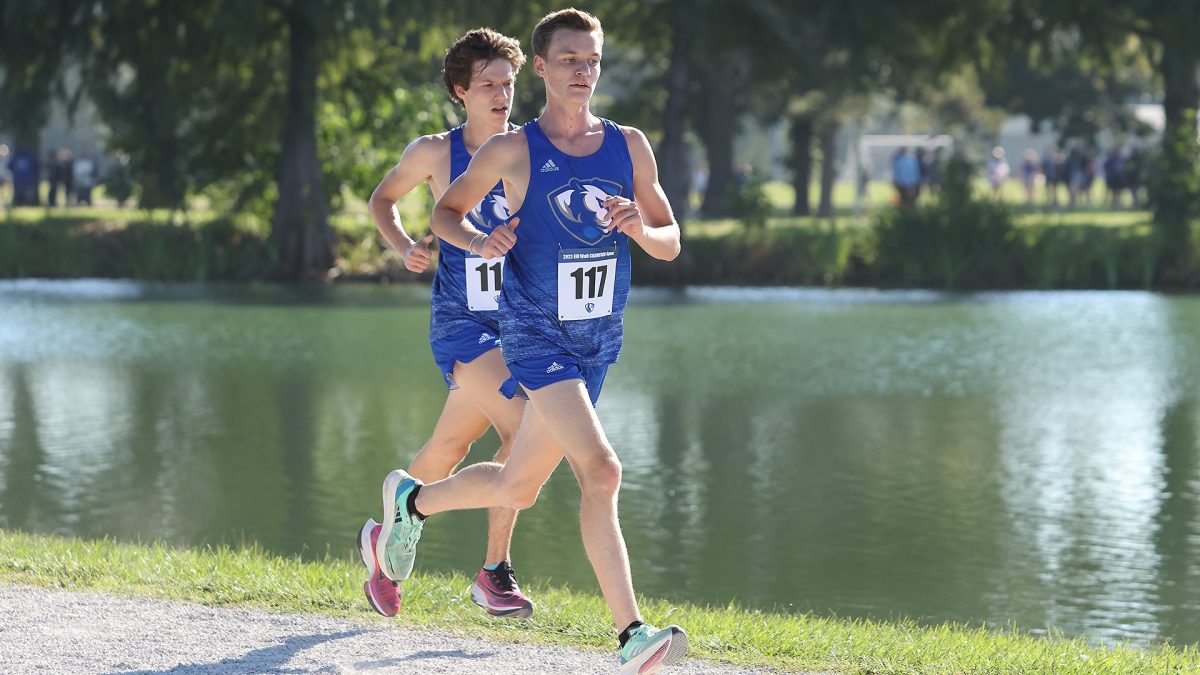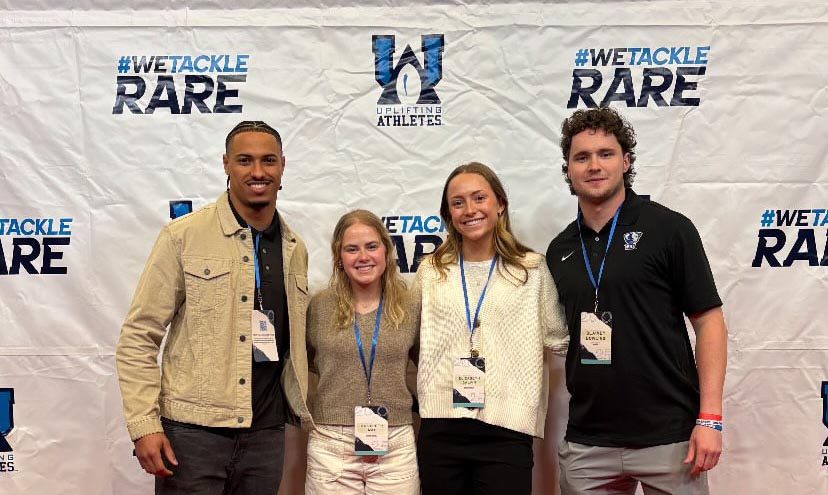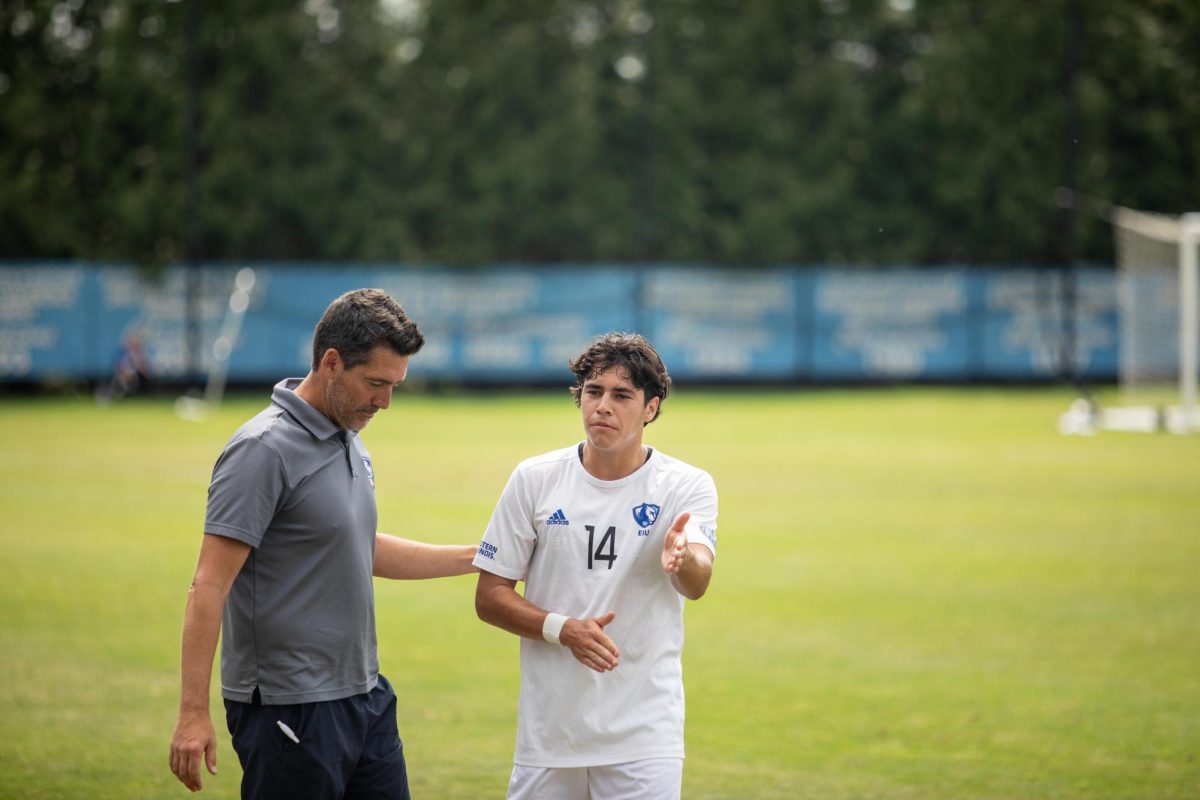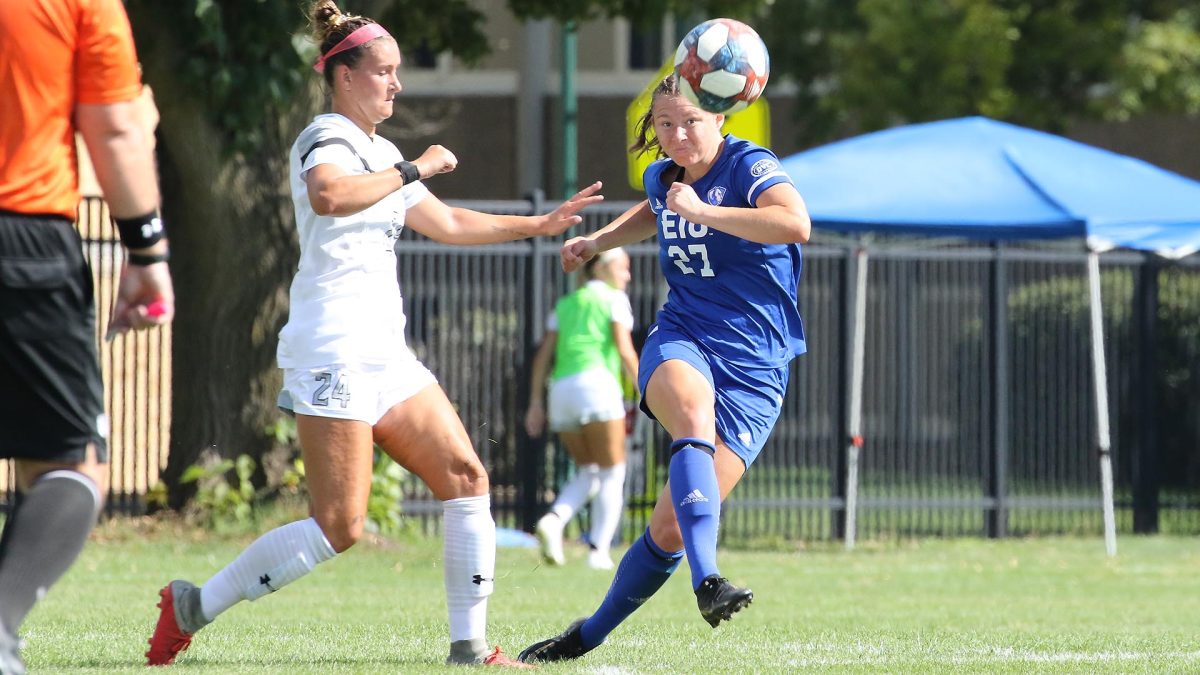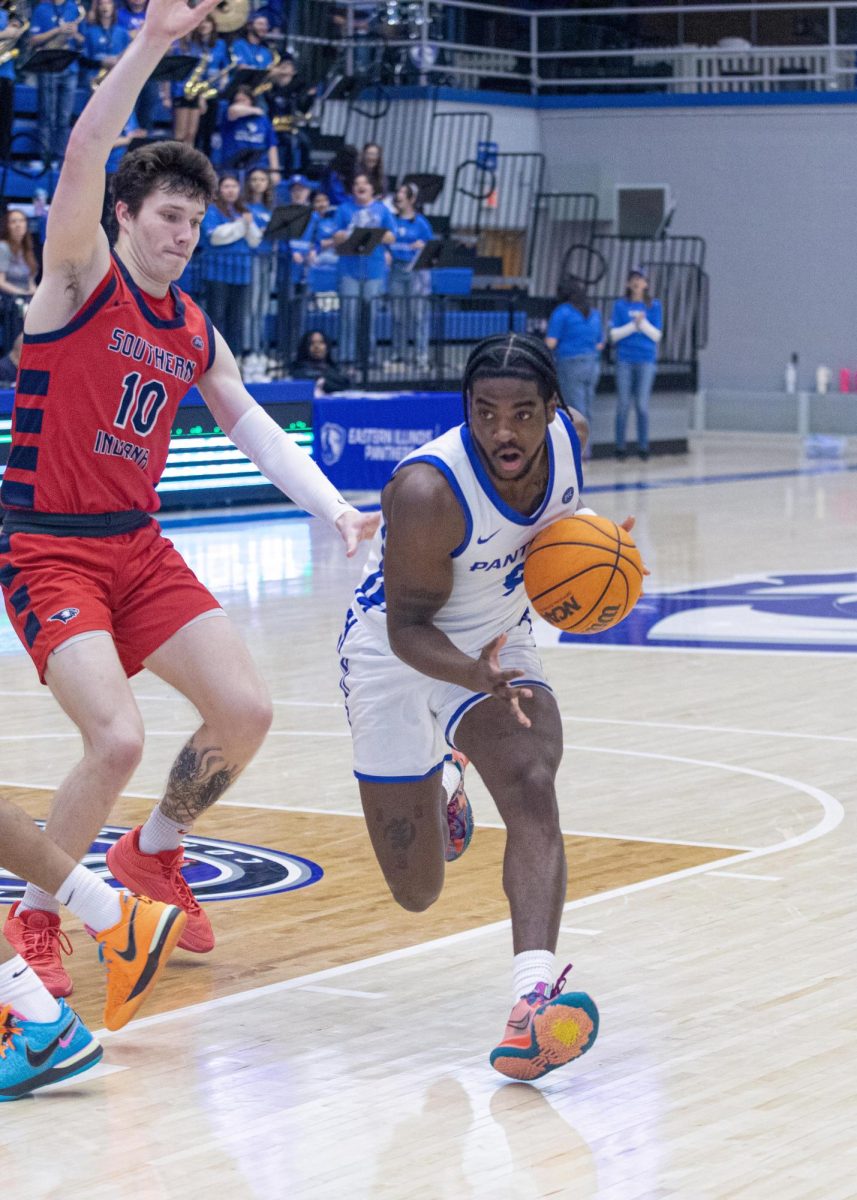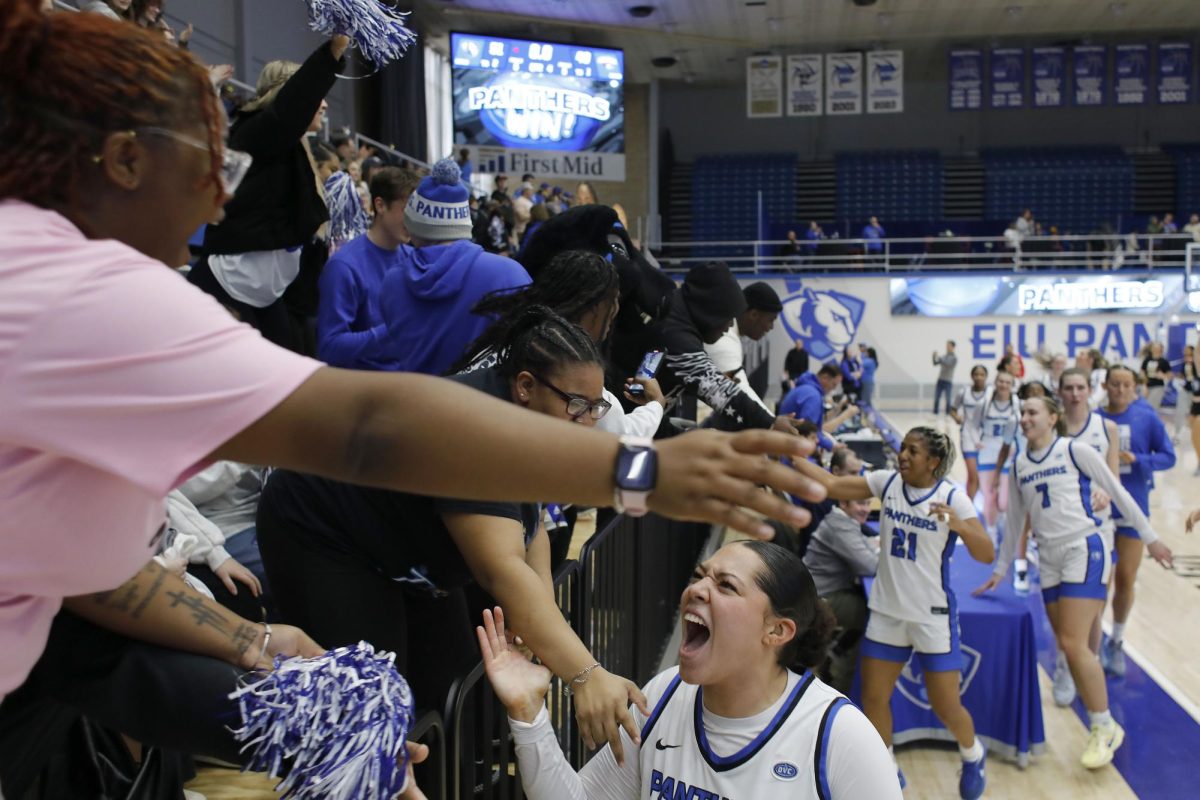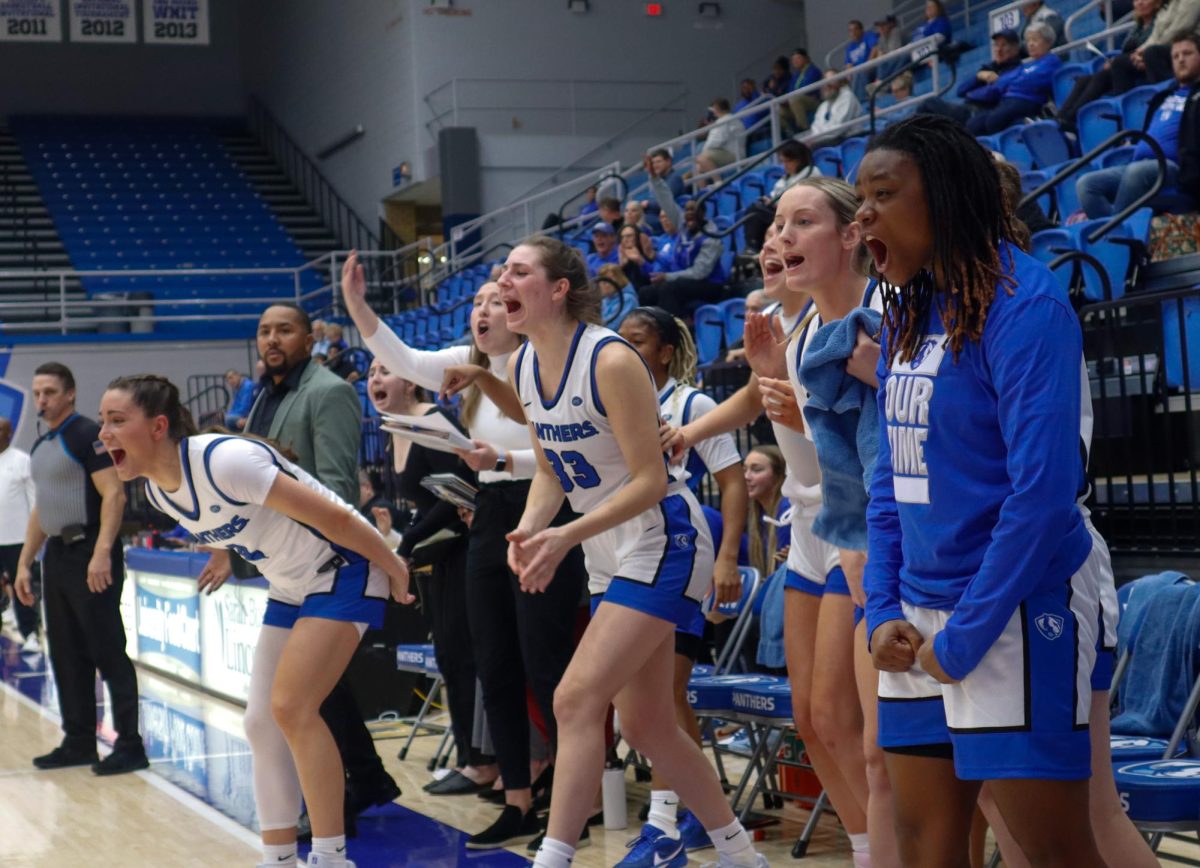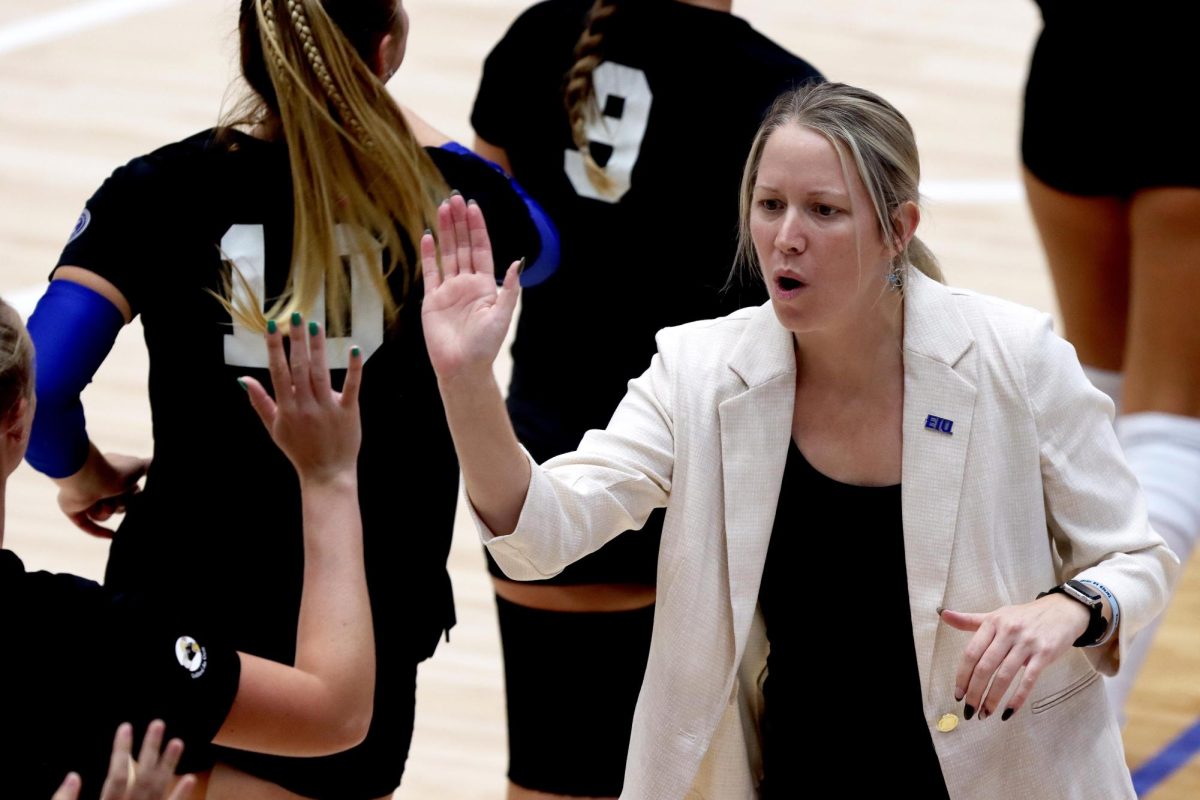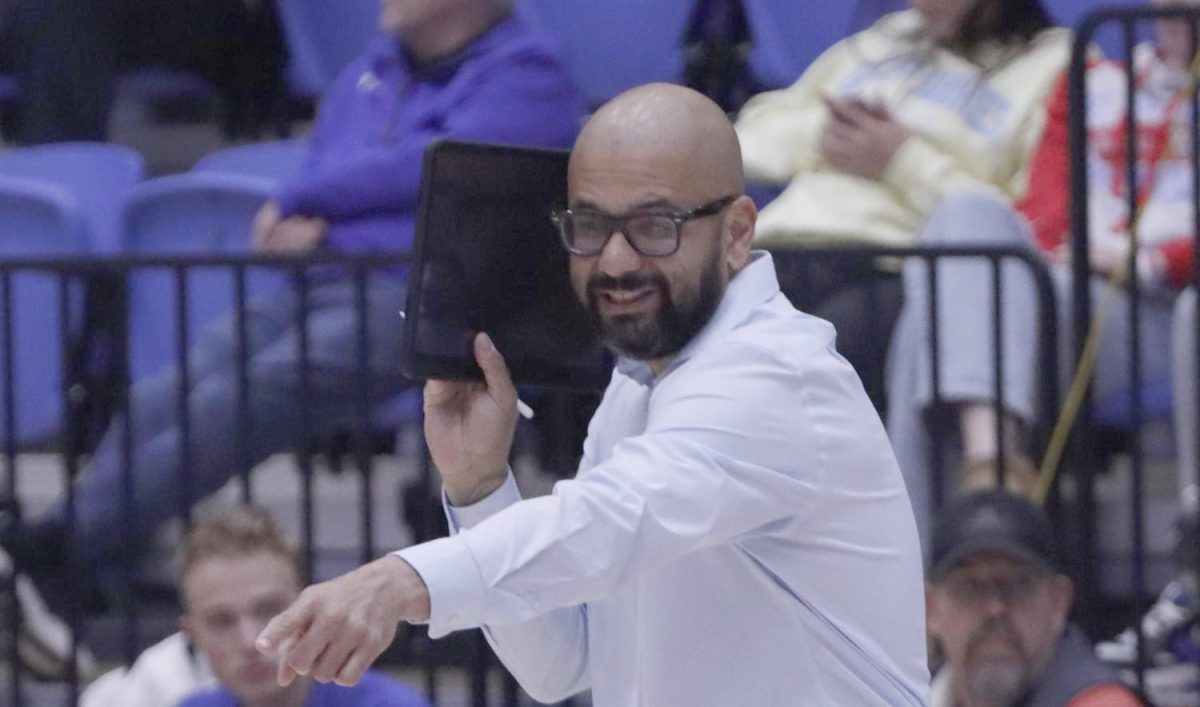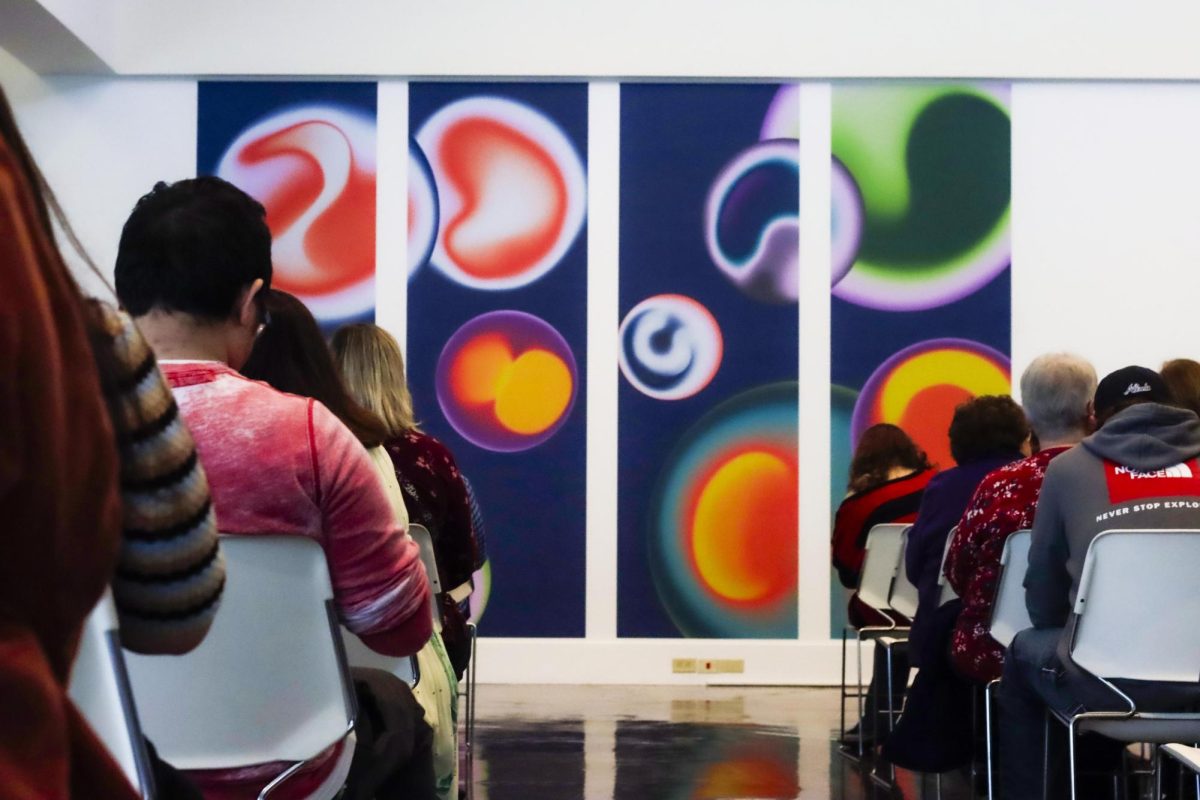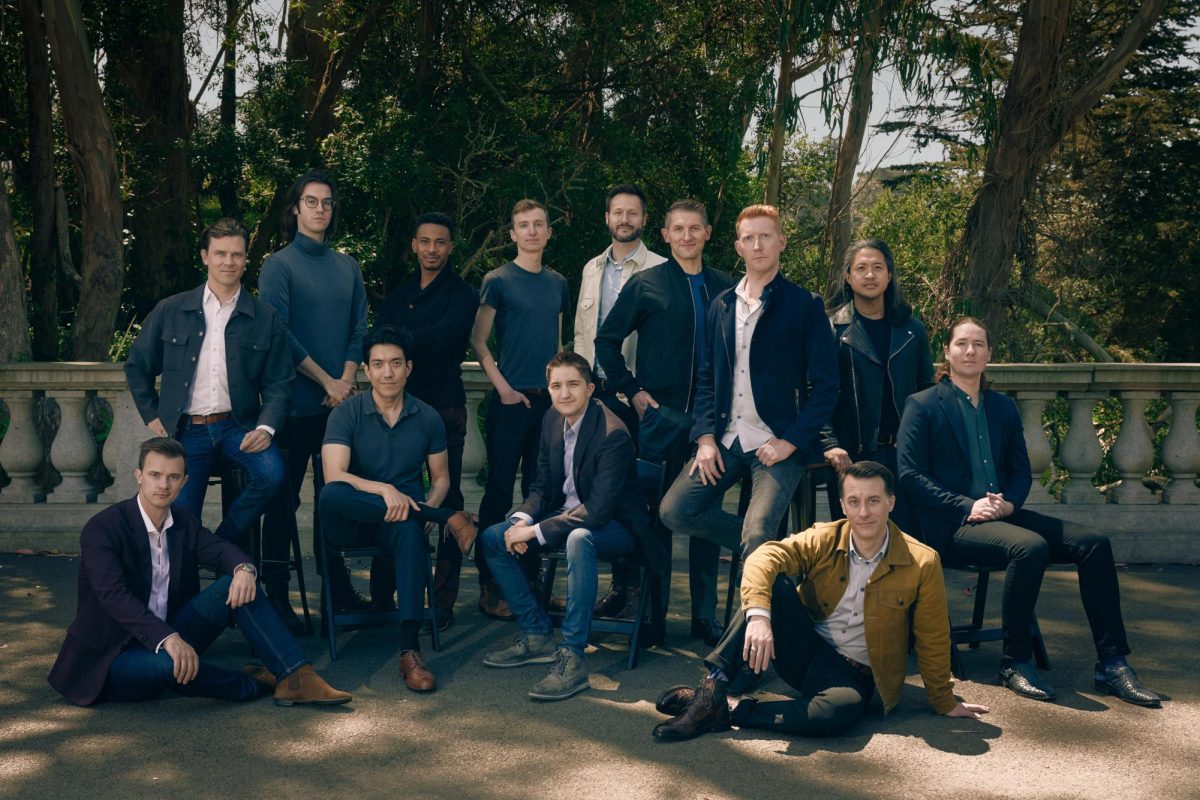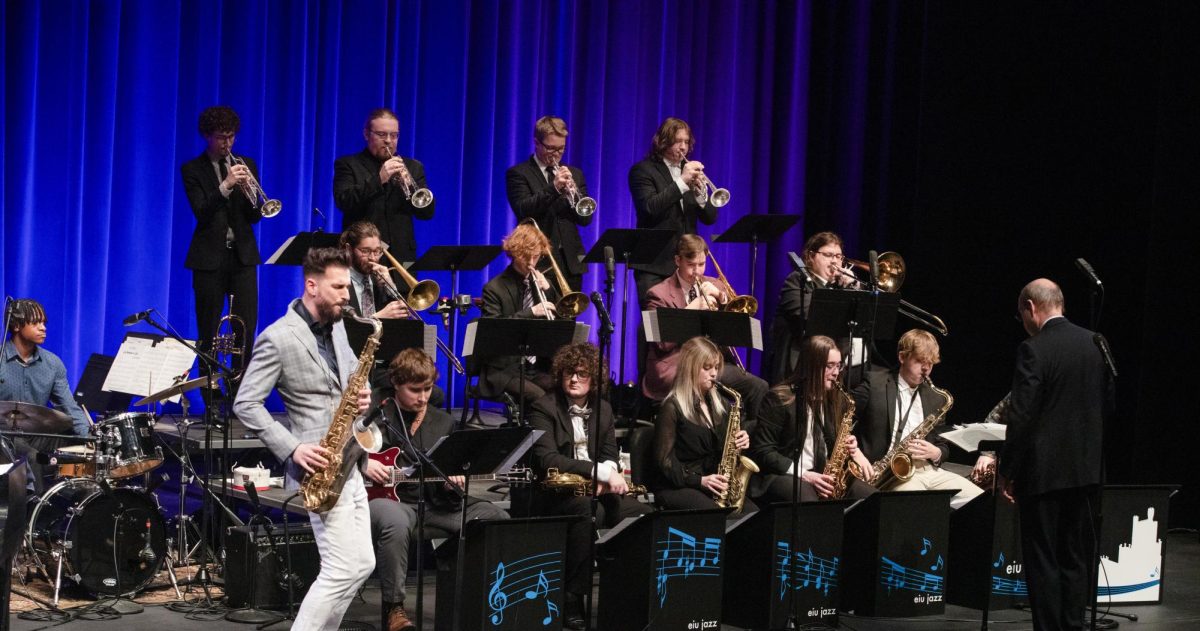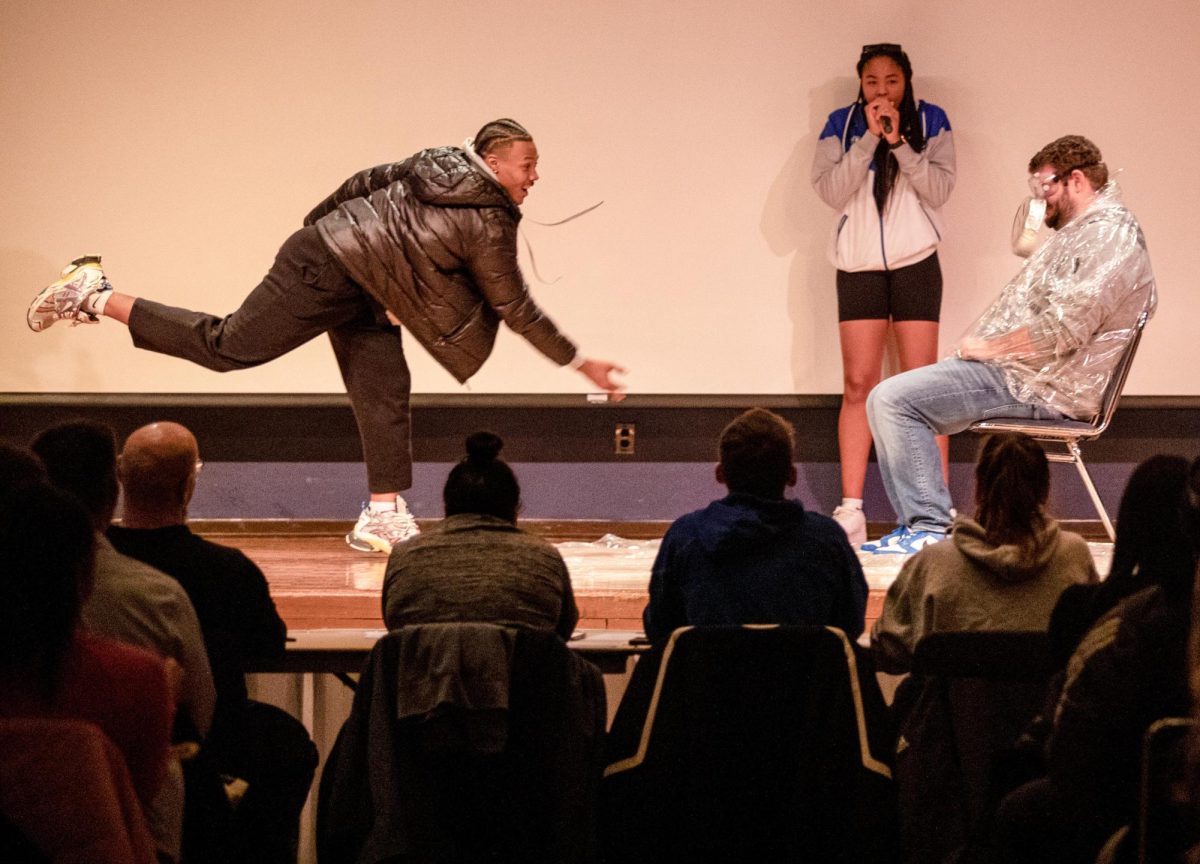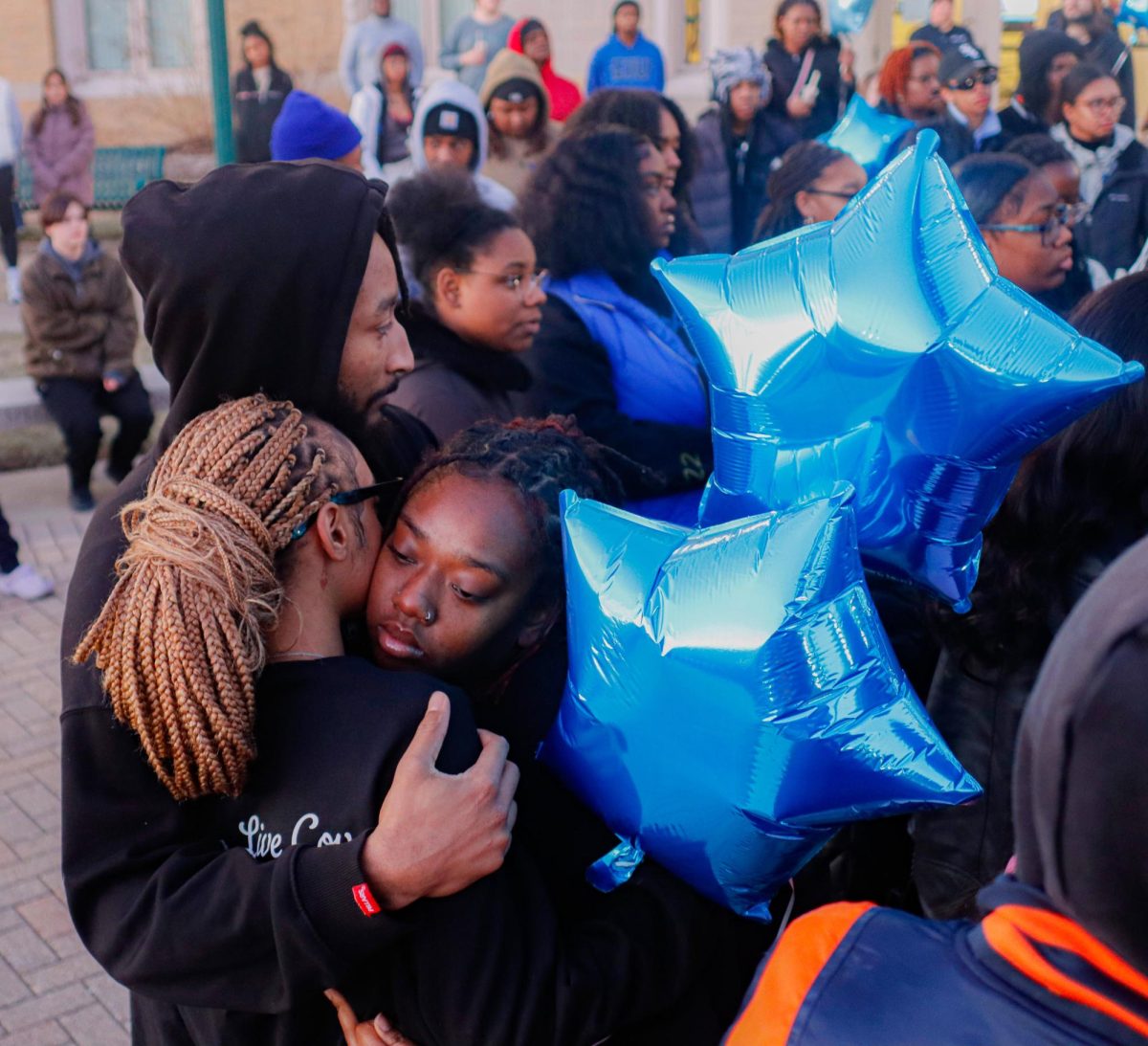Courthouse tours lead down old prisoner tunnel
September 20, 2015
Prisoner weren’t the only ones traveling the underground tunnels of the Coles County Jail to the Courthouse in the square this Saturday.
Judge Mitch Shick said the tunnel is used to transport prisoners from the county jail to the courthouse safely.
Officers escort prisoners from the county jail through the tunnel to a staircase leading to the hallway outside of courtroom one.
Courtroom one is where many criminal proceedings happen.
Members of the courthouse and the Lincoln Log Cabin gave tours of the courthouse.
Ann Hinrichs, a member of the Charleston Riot actors, said the tours were in conjunction with the Matson Slave Trials and Tribulations.
The Trials and Tribulations are dinner theatre dates in Oakland that are put on by the Lincoln Log Cabin.
Kirsten Bay was one of the people leading the tour. She explained most of the history behind the courthouse.
The Coles County courthouse was built in 1835 as a small log cabin just south of the current location.
City leaders thought the courthouse’s original location would allow businesses to grow around it.
From 1866 to 1898, the courthouse was designed to resemble a southern courthouse. In 1898, lawyers and city officials attempted to pass referendums to rebuild the courthouse.
When referendums were not passed, the city officials decided they were going to “remodel” the courthouse, which cost around $195,000 of the tax-payers money.
“Taxpayers did not want to pay for the repairs because they did not want it, and the city did not want to pay because of how much it cost,” Bay said. “Architectural firms and the builder sued the city because they wanted to be paid.”
Bay said the case went all the way to the Supreme Court, where the city was told to pay the workers.
The current courthouse was built between 1898 and 1900, and now stands in the Charleston square.
People were led through the courtrooms on the second floor where Bay and Judge Shick explained what each courtroom was typically used for.
In courtroom one, Judge Shick and Matthew Mittelstedt, the site manager of the Lincoln Log Cabin, gave background information on court documents and the Charleston Riot.
Judge Shick said the Coles County Sheriff led copperheads, which were Civil War opposers, and democrats in killing the Union soldiers.
Over 100 copperheads were in the square. When the riot was over, nine people were killed and 12 were wounded.
Judge Shick said the copperheads all ran and left Coles County, and the sheriff escaped to Canada.
Mittelstaedt told the tour attendees about the history of being free in Illinois.
“To be free and black in Illinois was an awkward thing,” Mittelstaedt said.
Mittelstaedt said the first four Illinois governors came to Illinois with slaves. Edward Coles, Illinois’ second governor and namesake of Coles County, came and freed his slaves.
Coles was sued after he freed his slaves because he had broken the law.
Mittelstaedt said to be free slaves had to carry specific documents that showing their freedom.
If a free person did not have their papers they could be arrested and prosecuted for being a runaway slave.
Mittelstaedt said this is the third tour of the courthouse given by the Charleston Parks and Recreation Department this year.
Mackenzie Freund can be reached at 581-2812 or at mgfreund@eiu.edu











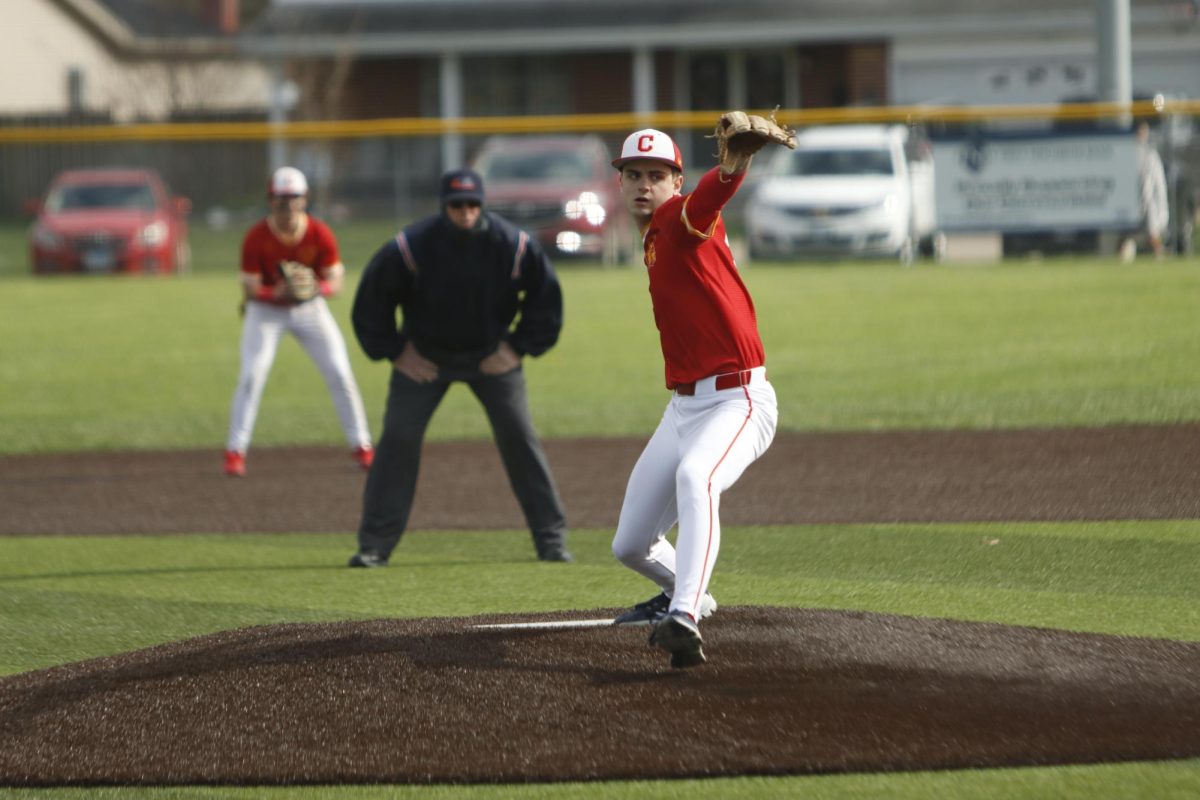






![[Thumbnail Edition] Senior Foward Macy McGlone, getsw the ball and gets the point during the first half of the game aginst Western Illinois University,, Eastern Illinois University Lost to Western Illinois University Thursday March 6 20205, 78-75 EIU lost making it the end of their season](https://www.dailyeasternnews.com/wp-content/uploads/2025/03/WBB_OVC_03_O-1-e1743361637111-1200x614.jpg)



